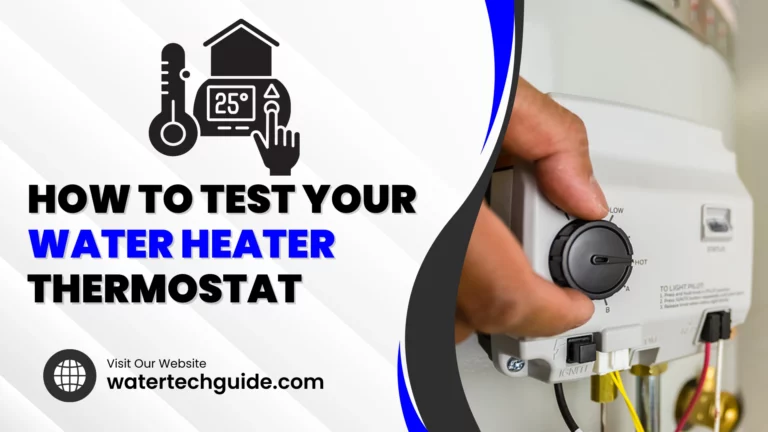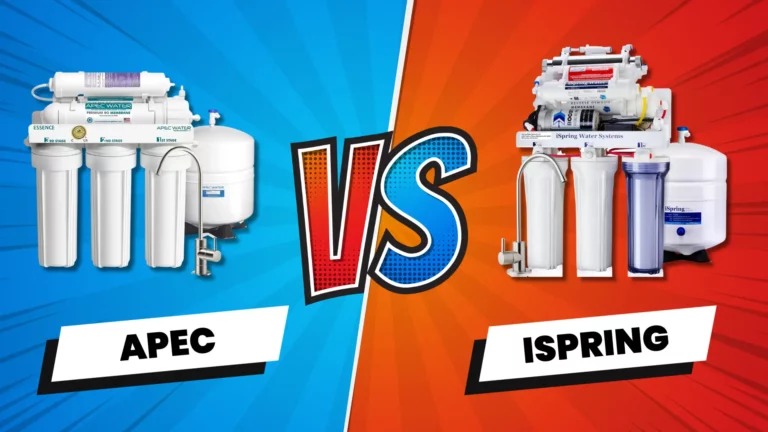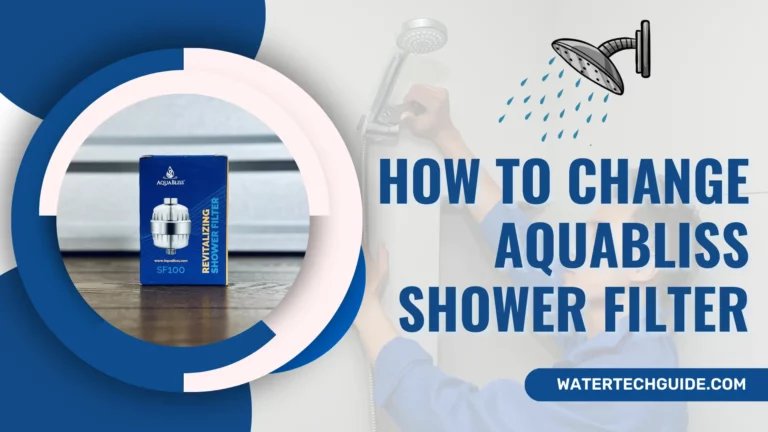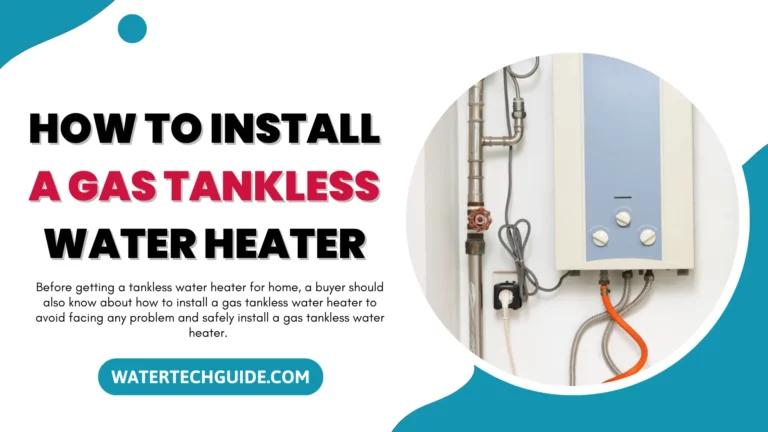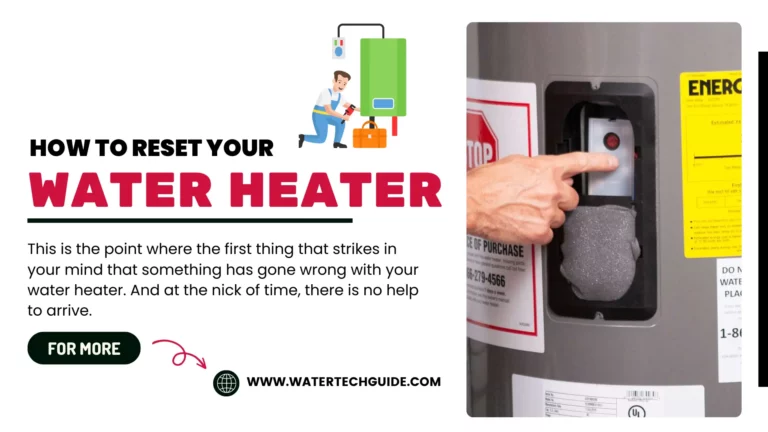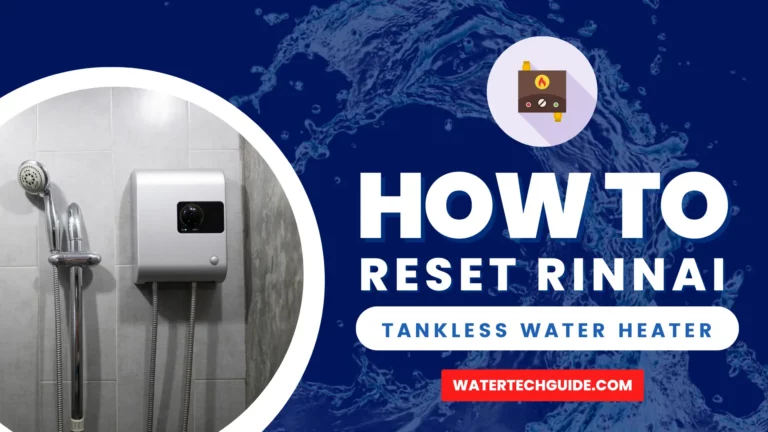How to Flush a Water Heater
Every homeowner knows how important it is to clean and maintain your systems and equipment. In the use of a water heater how to flush a water heater is important for every type of water heater. However, many homeowners are unaware that heating the water heater every year can remove corpses from the bottom of the tank.
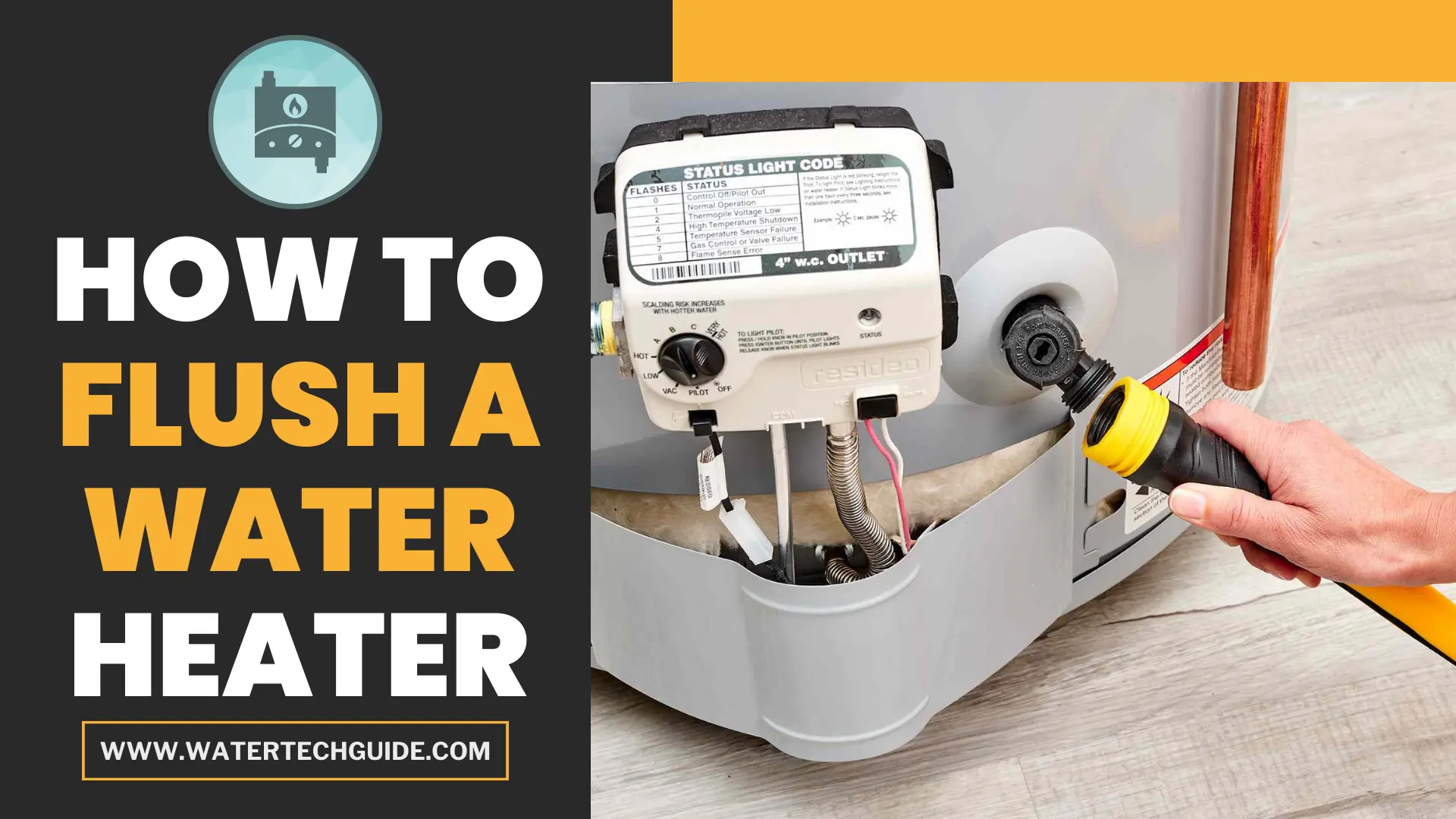
Sewage heating can improve the health and efficiency of a heater. Similarly, the residue can create a barrier between the heater and the water heater, making it difficult to heat your home laundry, dishwasher, and laundry. By removing sewage from your water heater, you can save money and heat your water faster.
Periodically Drain the Water Heater
Subsequently, removing lime and other ingredients from time to time in a water heating tank improves the efficiency of the heater and health. In neglected water temperatures, feces can accumulate and count, making it difficult to remove. Finally, it’s difficult how to flush a water heater itself.
Accordingly, this can be so bad that the whole unit may need to be replaced. But if you wash your tank regularly, you can prevent the feces from causing problems.
Hard Water for How to Flush a Water Heater
All water has a certain level of mineral content. If you live in an area with a lot of rocky groundwater, groundwater will take deposits of calcium and magnesium, leading to “hard” water. Similarly, solid water sewages in the form of a lemon scale that stays out of the water and forms at the bottom of your water heater.
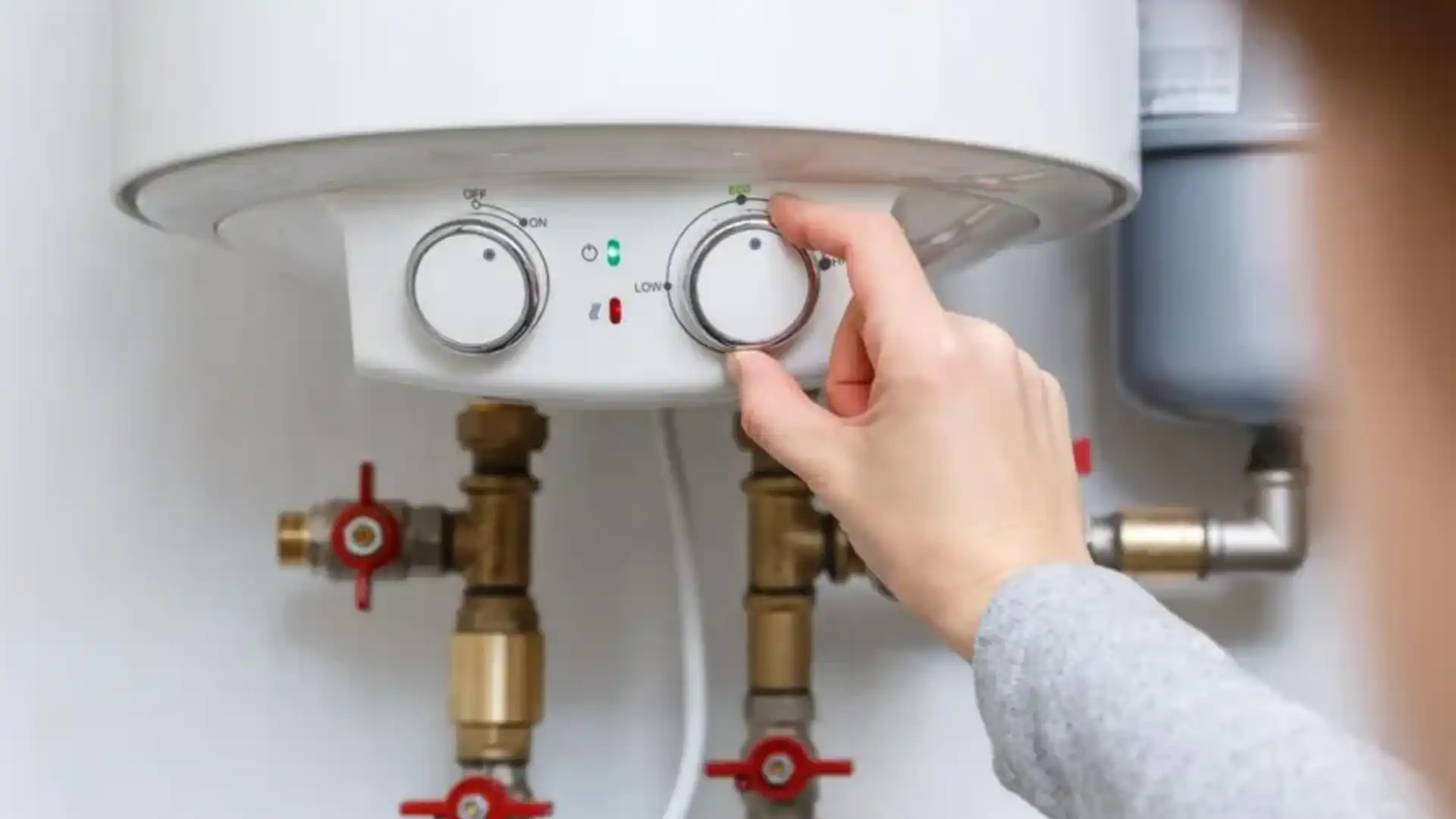
In addition, natural gas heaters can cause uneven heat in the tank which eventually causes leakage. Consequently, with electric heaters, the measurement can heat low temperature. And in both cases, the sediment structure can block the drainage valve.
When Flushing the Water Heater
Most homeowners should have water heaters every six months or so, but if you have excessive water, you may want to do it more often. However, heating your hot water may be required several times every few months based on the mineral content of your local supply.
Steps for How to Flush a Water Heater
Follow the steps below on how to flush a water heater. If you have problems, call a plumber.
Step 1
Turn off the cold water valve (water supply). It is near the top of the hot water tank.

Step 2
Now, turn off the electricity.
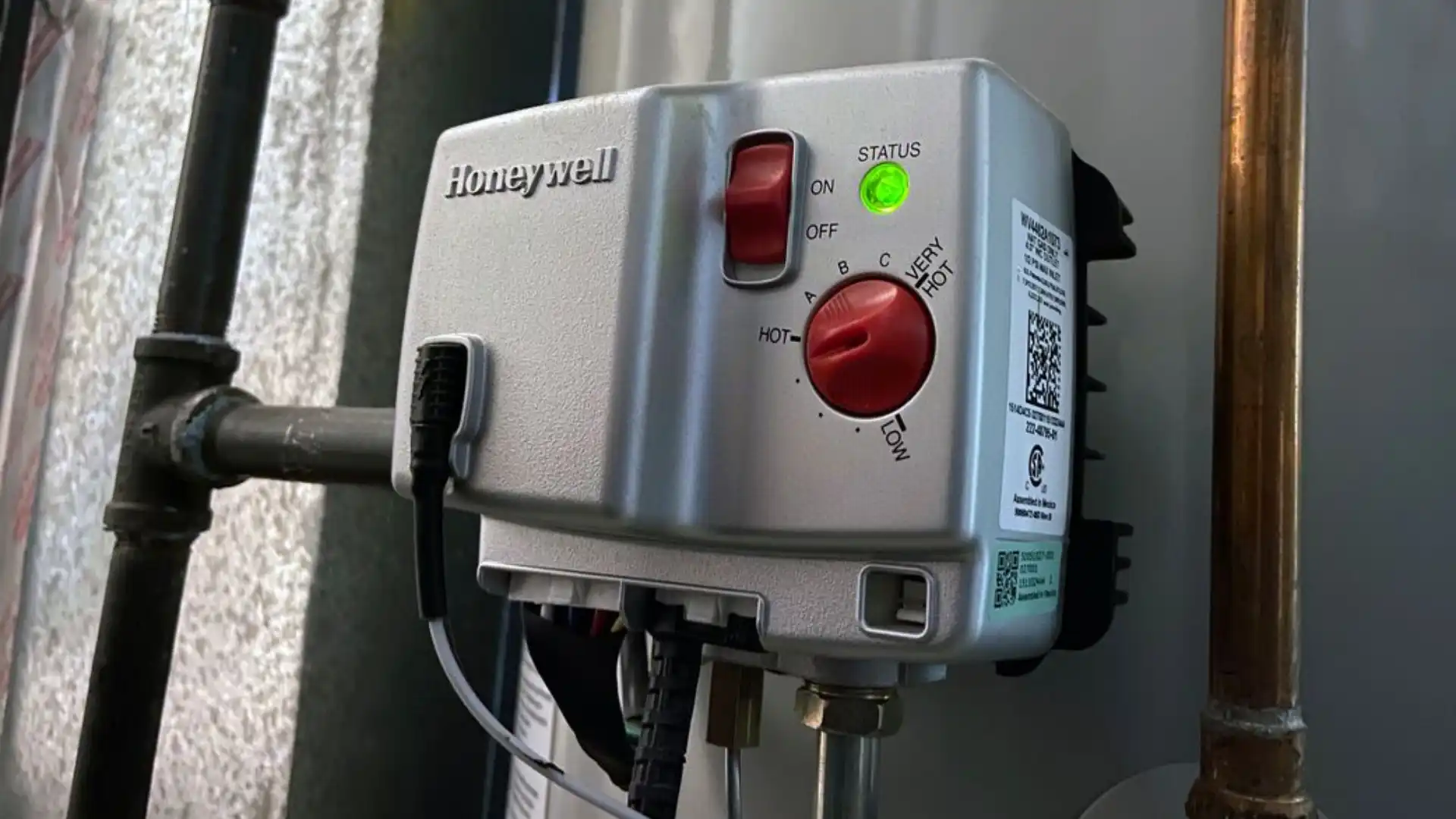
- For the electric water heater, turn off the power (in the circuit box) before doing anything else. If there is no water in the water tank and power is lit, you can damage your water heater.
- In a natural gas water heater, turn the gas tank into a tank or a very low temperature.
Step 3
Attach the field pipe to the drain valve (water spigot) at the bottom of the water heater. Guide the pipe facing the floor or outside drain. If you are directing water outside through a window, you may need a pump (unless you have an underground area).
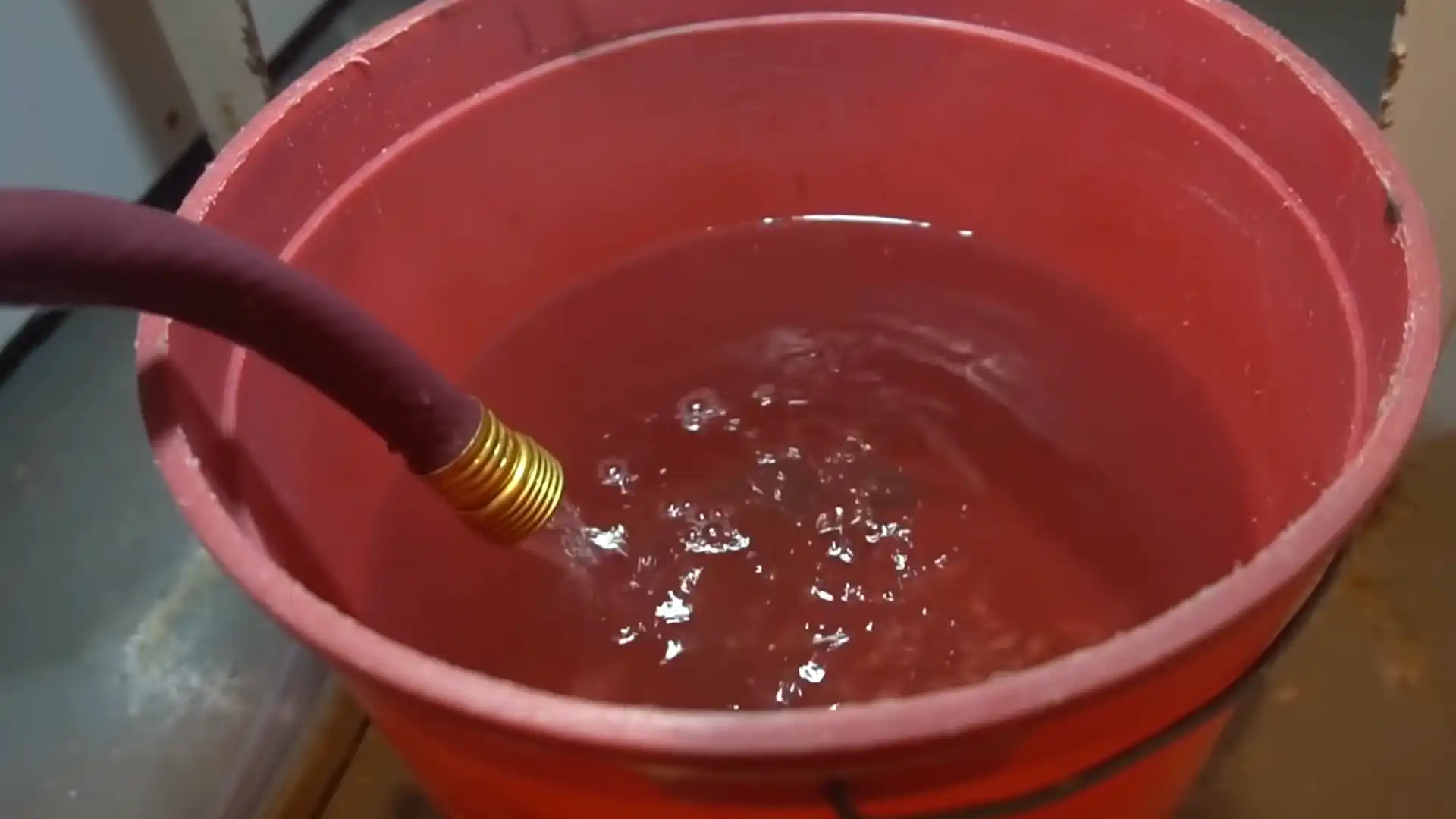
Step 4
In the next step, turn on the hot water tap on the top floor of your house (or on the floor above your water tank). This will create pressure to help force the water out of the water tank.
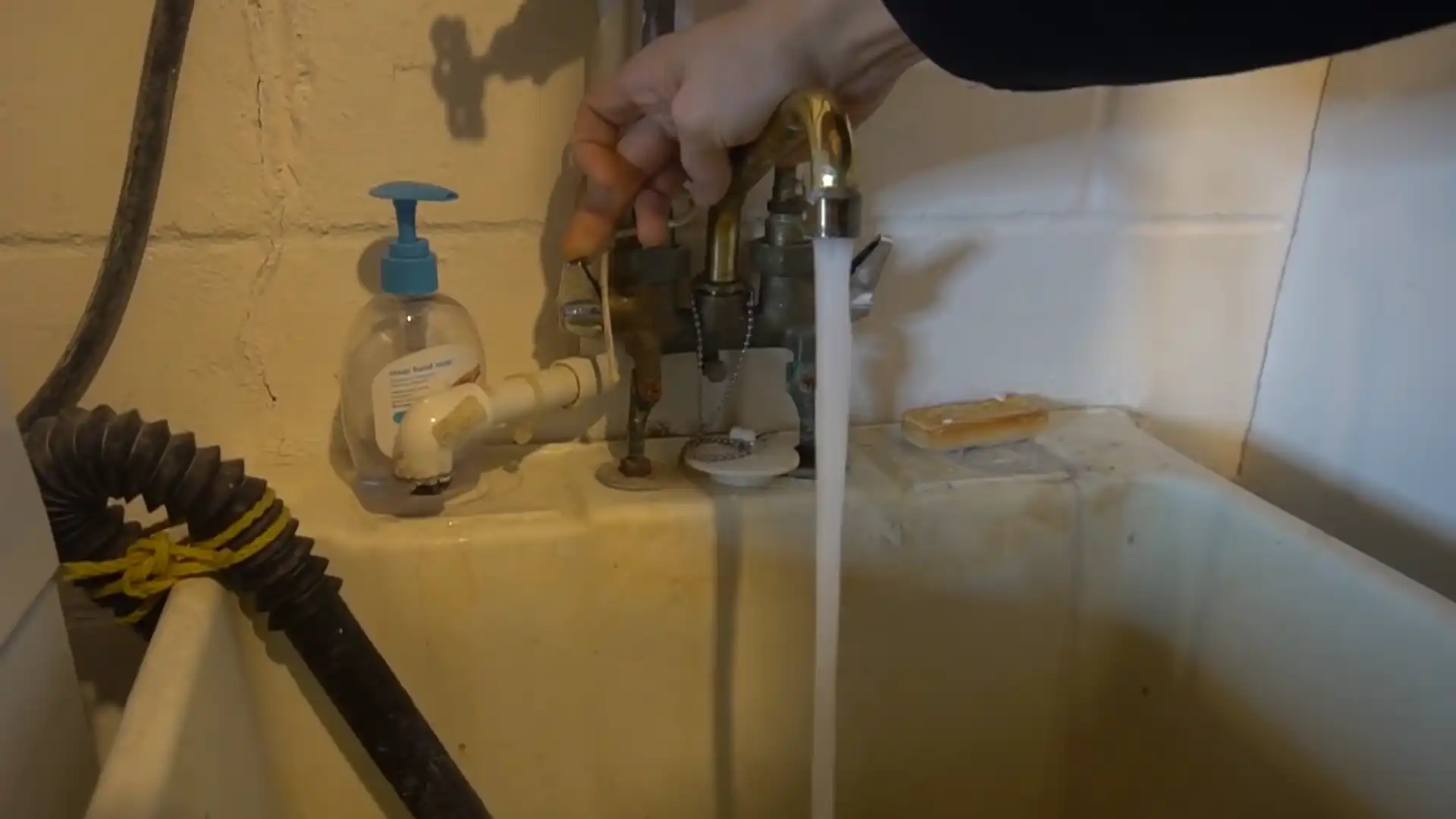
Step 5
Open the hot water valve. Allow the water to drain through the field pipe. This can take 20 to 60 minutes, depending on the size of the tank. Similarly, be careful not to damage or break the drainage valve when opening and closing it. Never force the valve to open or close.
Step 6
When all the water has drained from the tank, open the cold water valve on top of the tank 3 times. This will mix the bottom of the tank around and help to drain the garden pipe. Finally, soil or scale can sometimes connect a drain valve, which prevents water from flowing.
Step 7
Open and close the drain valve 3 times to eliminate all waste. It is also to use compressed air to force the feces out of the drain and return to the tank. If not sure what to do or have problems, call a plumber.
Step 8
Repeat steps 1 to 6 until you see pure water drain the pipe. Leave the hot water tap turned on while you do this. This will help remove any blocked water from the hot water lines.
Step 9
If you see clear water leaking from the pipe, close the tank drain valve. Do not force it or break it.
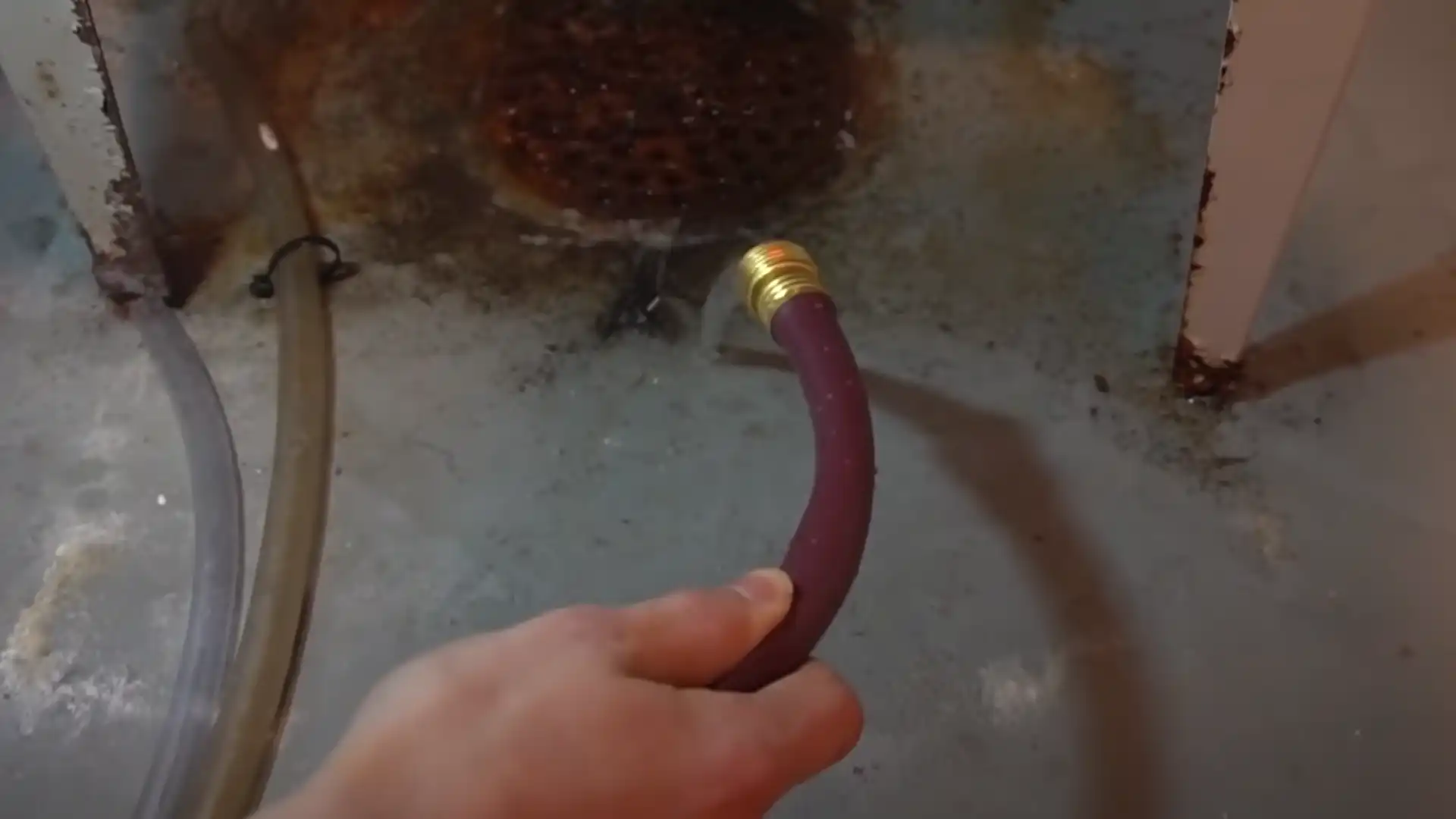
Step 10
Open the cold water valve (above the tank) to fill the tank with water. If the tank is filled with water then check the flow of water from the open hot water tap. Now turn off the hot water tap.
Step 11
Similarly, in a gas heater, turn on the gas display again. If you have an electric heater, turn it on again.
Step 12
Check the discharge valve at the bottom of the water tank for leaks. If it leaks, open and closes the drainage valve a few times, in case there is sewage blocking the discharge.
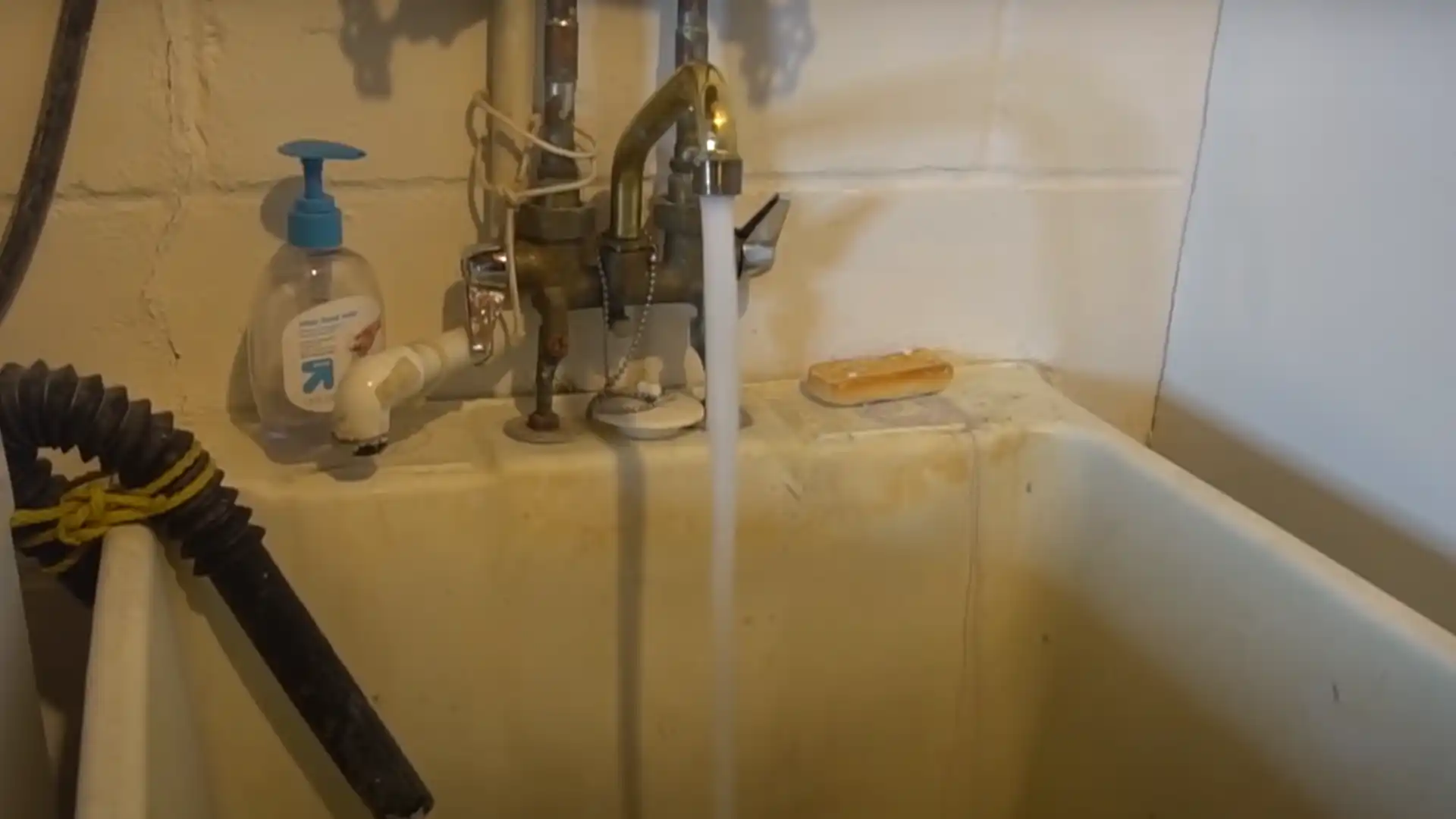
Finally, check the water flow when the work is done. If this does not work, turn off the cold water in the tank and call a plumber.
How to Flush the Tankless Water Heater?
The method described how to flush a water heater above applies to conventional tank water heaters. But waterless water heaters can also be harmful to soil mud. Similarly, there is a completely different process for pumping waterless tanks, and a pump is needed to supply the water with a system.
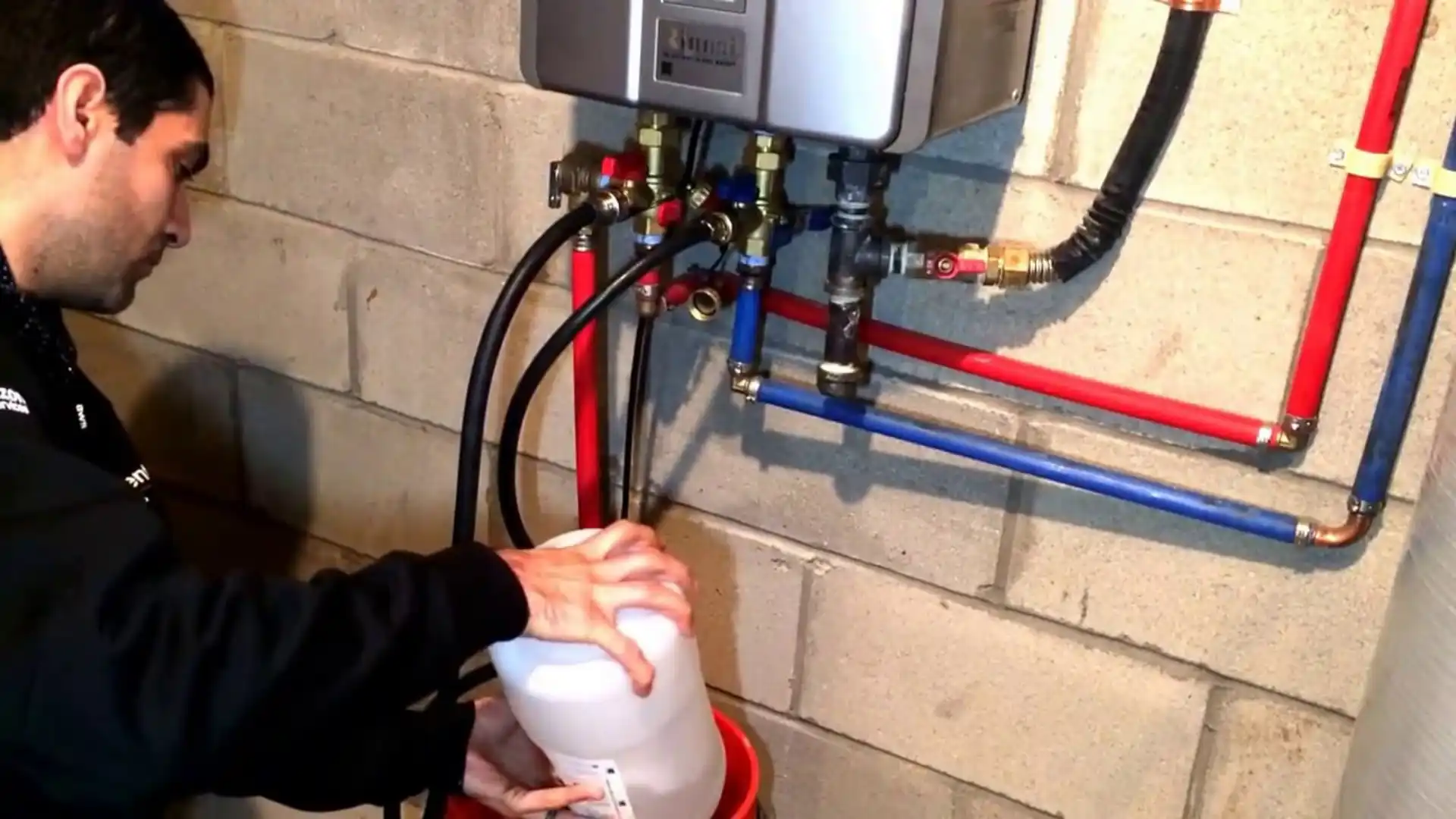
Anyone in possession of ordinary water will be aware of the need to periodically pump a tank as a way to dispose of sewage. To sum up, pumpkins without heaters are also different.
Compare With the Tank Water Heater
Solid water contains minerals that can lead to the formation of lime scales. Unlike the traditional tank model, a tank-free heater is not at risk of explosion in a building, but it can still cause some expensive problems.
However, the temperature changer is especially critical in the scale. As the limes grow in this unit, the seller needs to work harder and often provide hot water.
Accordingly, this can significantly shorten the life expectancy of this component, and result in a significant increase in your aid bills. Finally, to make matters worse, the lime formulation is not included in most warranties.
Steps for How to Flush the Tankless Water Heater
Step 1: Access Your Water Heater Connection
Remove the cover to access the connection under a waterless water heater. Some non-tank models may not have a cover installed.
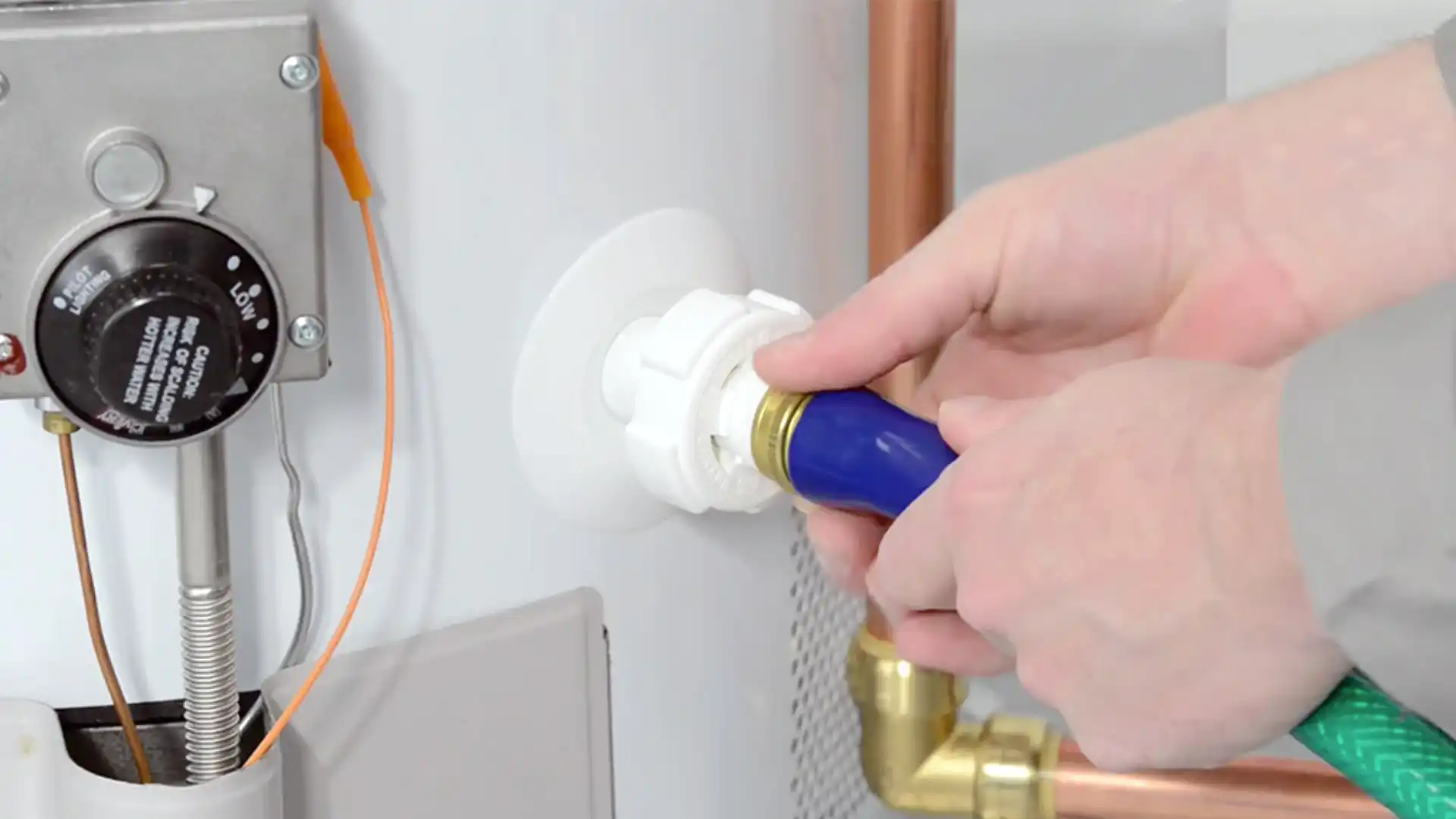
Step 2: Make Sure Your Waterproof Heater Has a Flush Kit Installed
Make sure your water-free water heater has inflated valves installed. If any problem is there then stop the work and call to the plumber for installation.
Step 3: Turn Off the Gas Supply
Turn off the main gas supply to the waterless heater. You will need to change the fuel supply “perpendicular” to the fuel line. You do not need to turn off the power in the electric thermostat.
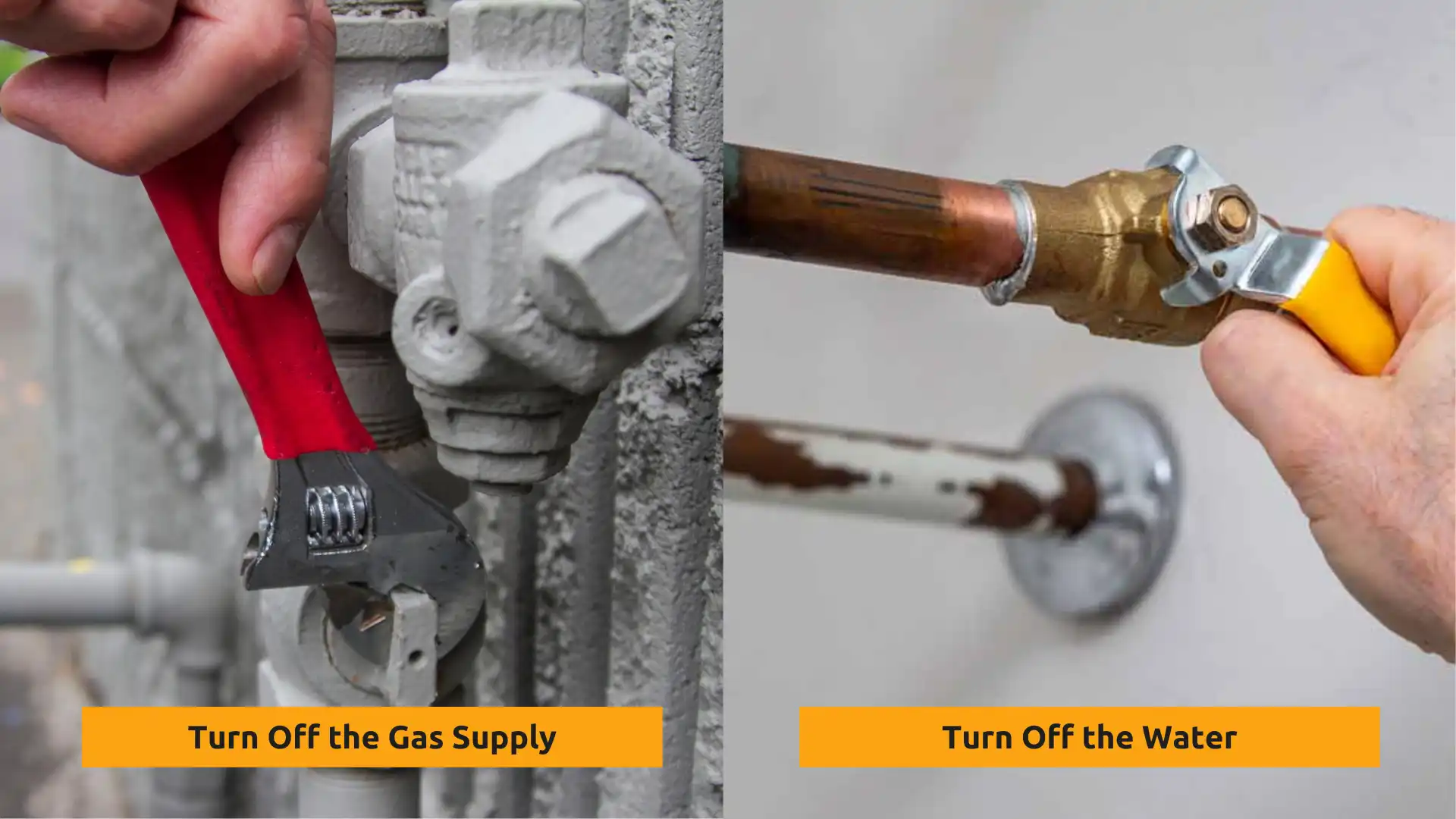
Step 4: Turn Off the Water
Close the cold water supply valve to the water heater without a tank. This prevents cold water from entering the room.
Similarly, close the hot water valve that delivers hot water from the waterless heater into the house. This prevents hot water from entering the house.
Step 5: Open the Shut-off Valves and Connect the Pipes
Remove the caps from the rowing valves. This is necessary to remove any pressure built into the valves.
Connect the pipes to the hoses and use channel lock pliers to ensure a strong connection. Make sure the rubber washers are in the container to close the connection and prevent leakage.
Open the hot valves by turning them 90 degrees at right angles (or perpendicular) to the current positions of the cold and hot valves.
Step 6: Set Up the Bucket and Pump Sump
Fill a 5-liter bucket with a descaling solution or 3 liters of distilled white vinegar.
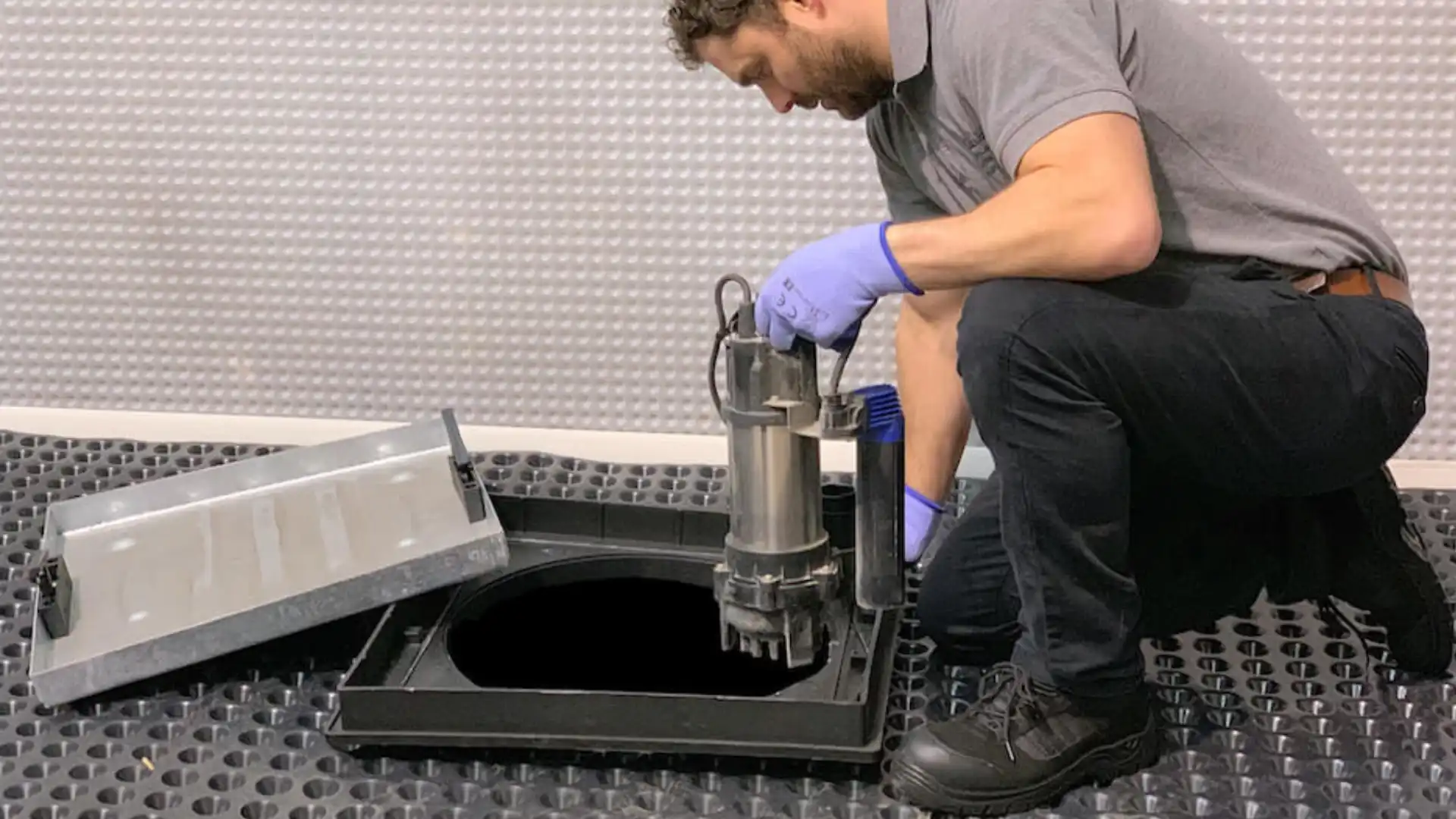
Lower the pump into a 5-gallon bucket filled with descaling solution or sprayed vinegar and turn on the pump.
Step 7: Fill the Water-Free Water Heater
Allow the pump to run for 30 minutes when using a drop solution or 1-2 hours when using vinegar. This will pump the cleaning solution with a water heater to clean the leak.
When done, turn off the sump pump. Remove the pipes and remove the bucket for the cleaning solution.
Now, you will need to fill the bucket with clean water to remove any remaining drops solution. You will need to repeat this process until the water flows in a clear pattern.
When you are done, turn off the sump pump and discard the remaining solution.
Step 8: Completing and Closing the Program
Remove the hoses from the rowing valves.
Replace purge port caps securely and securely fasten. Be careful not to break the rubber marks inside the caps. If you do, you should immediately return them.
Step 9: Check the Sediment Filter
The sediment filter is located in the cold water intake that enters the unit tank. Remove the screw and remove the sediment filter, and clean it thoroughly if necessary. Replace the filter when done.
Step 10: Turn the Water Supply on a Waterless Heater
To sum up, turn on the cold water supply and hot water supply pipes one by one to keep them in line (or similar) with the pipe
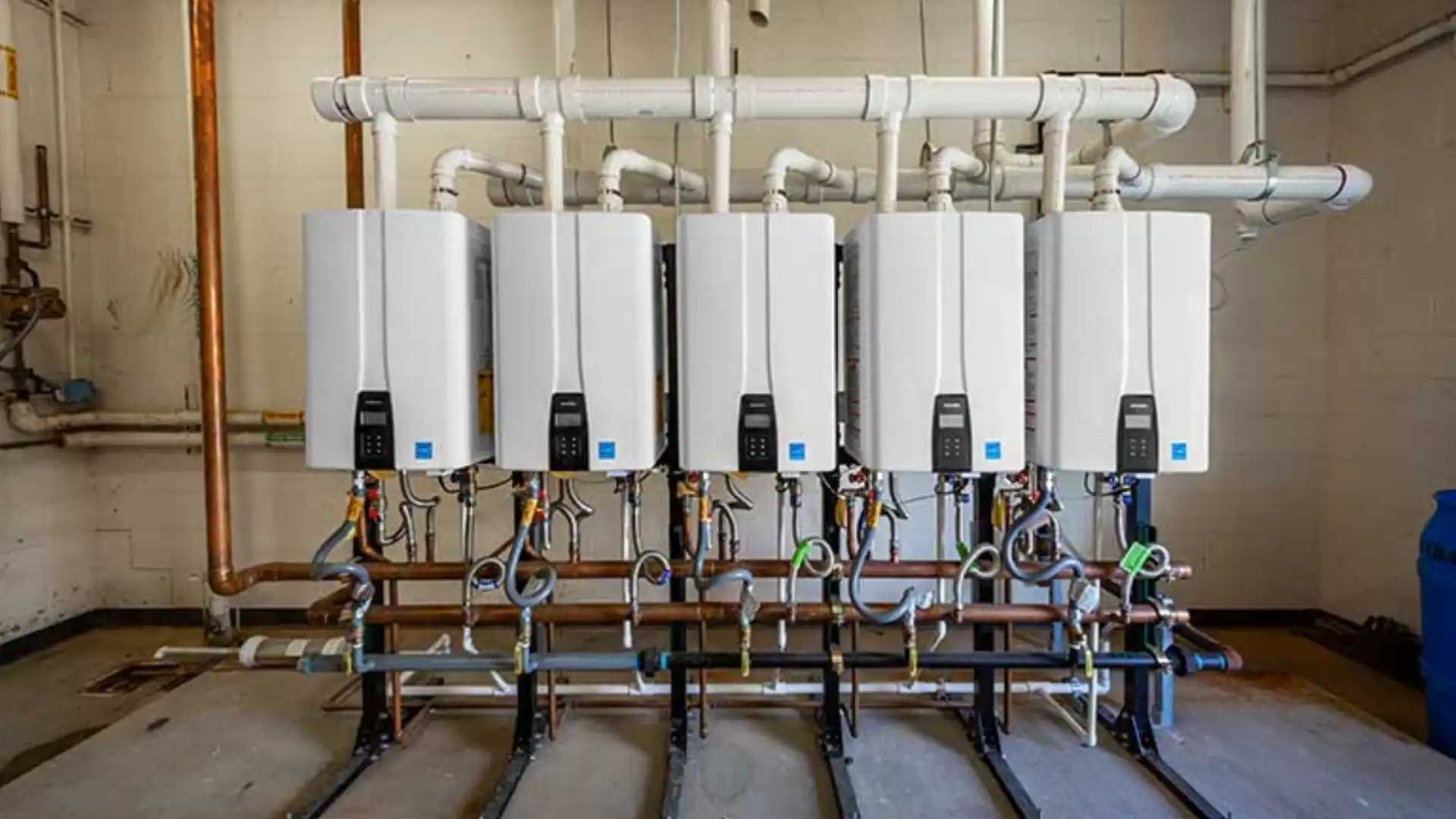
Step 11: Convert Gas to a Waterless Heater Without a Tank
Finally, open the gas supply valve so that the valve is in line (or similar) in the nozzle.
Turn on the hot water tap. This will remove any excess air trapped in the pipe. Run the water as long as it takes all the air to escape, about 2-3 minutes.
You can see the top tankless gas heaters here.
Conclusion
Serving and maintaining a water heater is easy to do, with the right building materials and a hands-on ‘hands-on’ man. How to flush a water heater is a safe and effective clean work unit with a simple step-by-step procedure that will save hundreds of dollars on plumbing costs.
It is a simple investment in a drop-down kit or a cleaning system that is easily available online and comes with everything you need to clean your unit. This kit can also be used to save you extra money in the years to come.
